I've got a file that is a binary java file that was compiled using a proprietary program. I've tried to open this up in some of the standard decompilers but they will not recognize it.
I suspect it's because some specific proprietary headers have been added, based on looking at the file in a hex editor. Is there any way to detect where the java bytecode begins and ends on this file, or how to extract it so I can run it through a decompiler like this one? Any help is much appreciated.
[Edit]
As a side note i'd like to know how this was achieved, in other words what facility/feature of Java allows you to use their compiler in such a customized way as this?
 P.S. The image is bigger if you open it in another tab.
P.S. The image is bigger if you open it in another tab.
